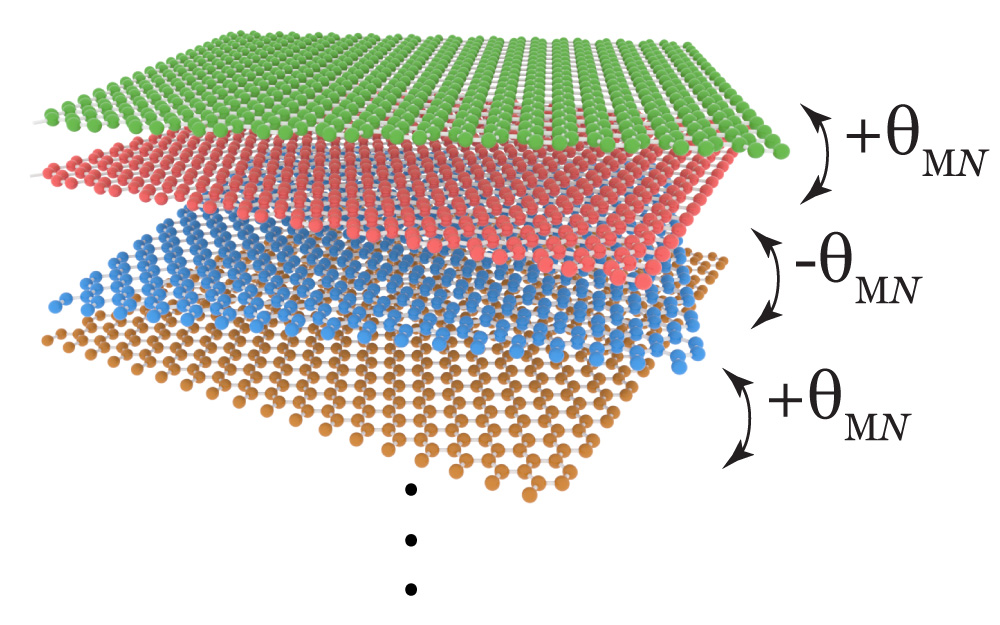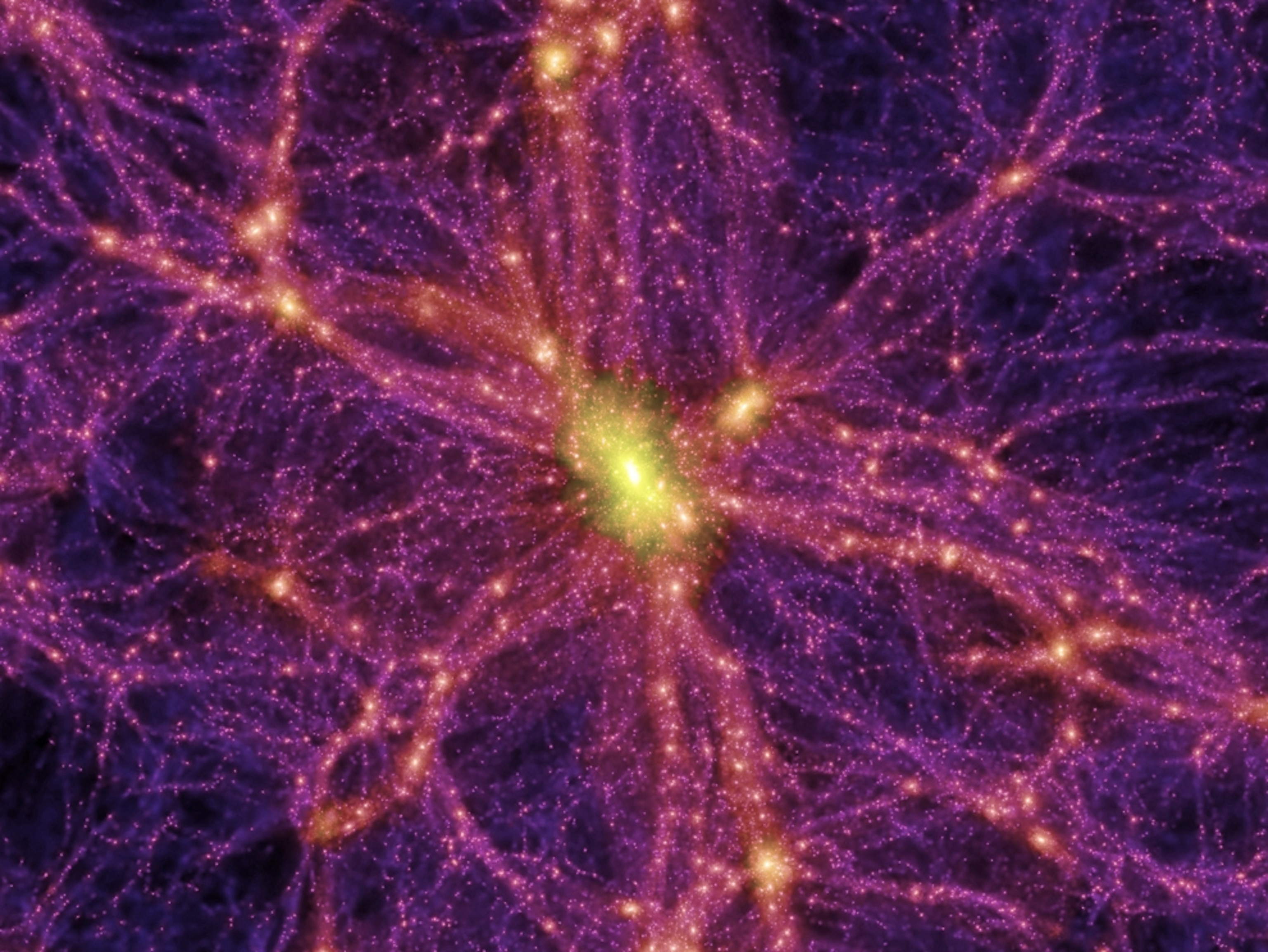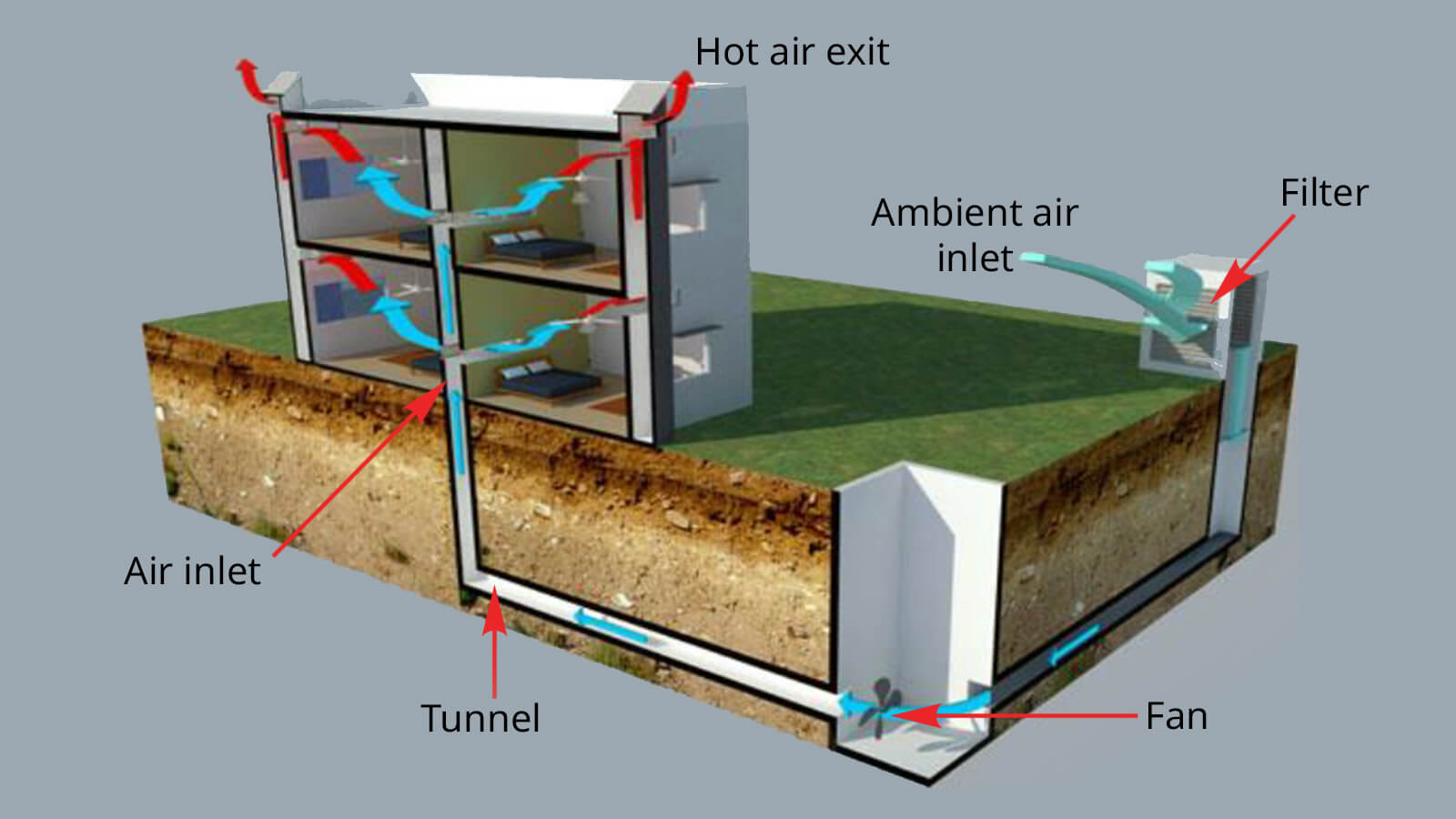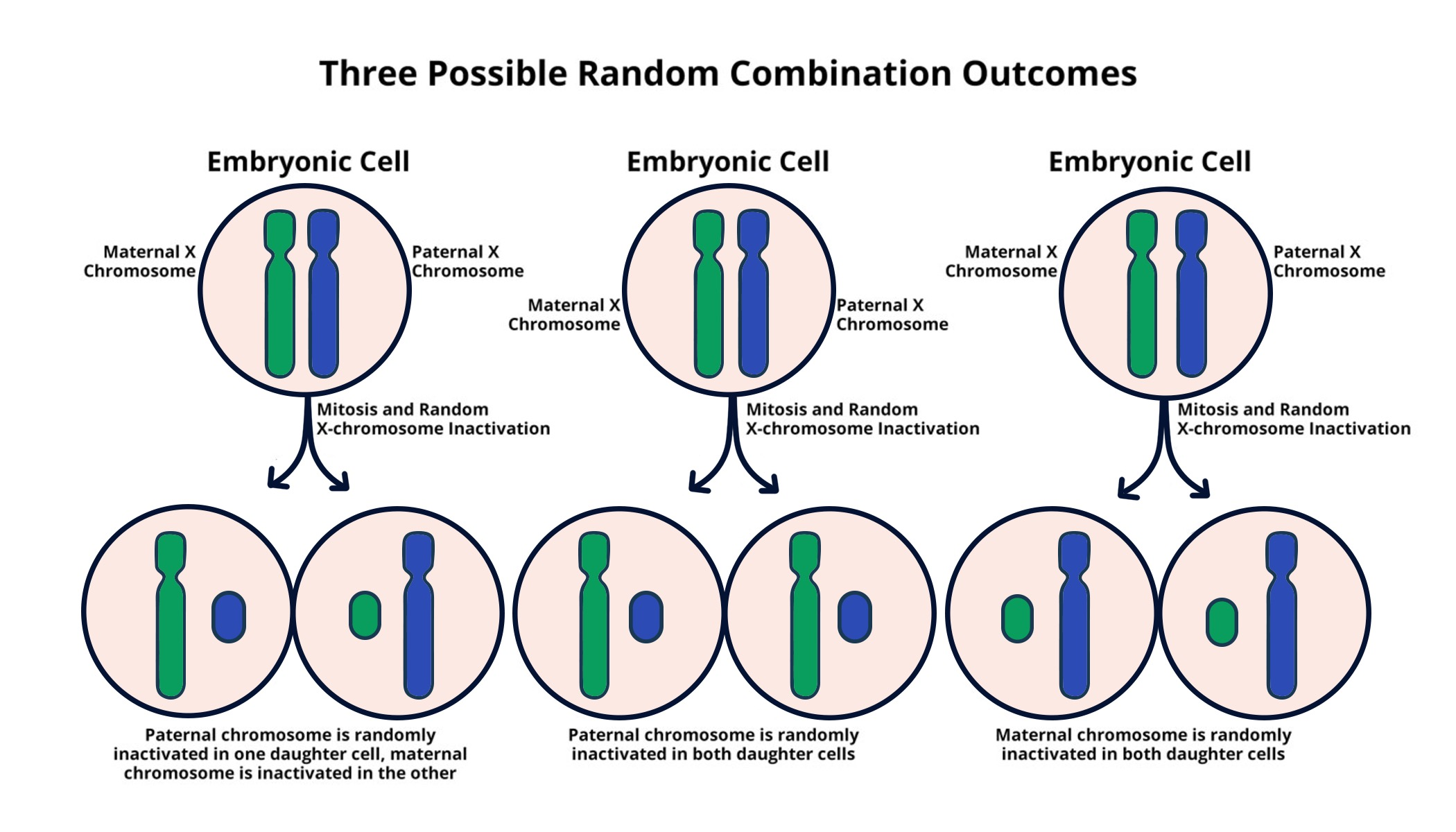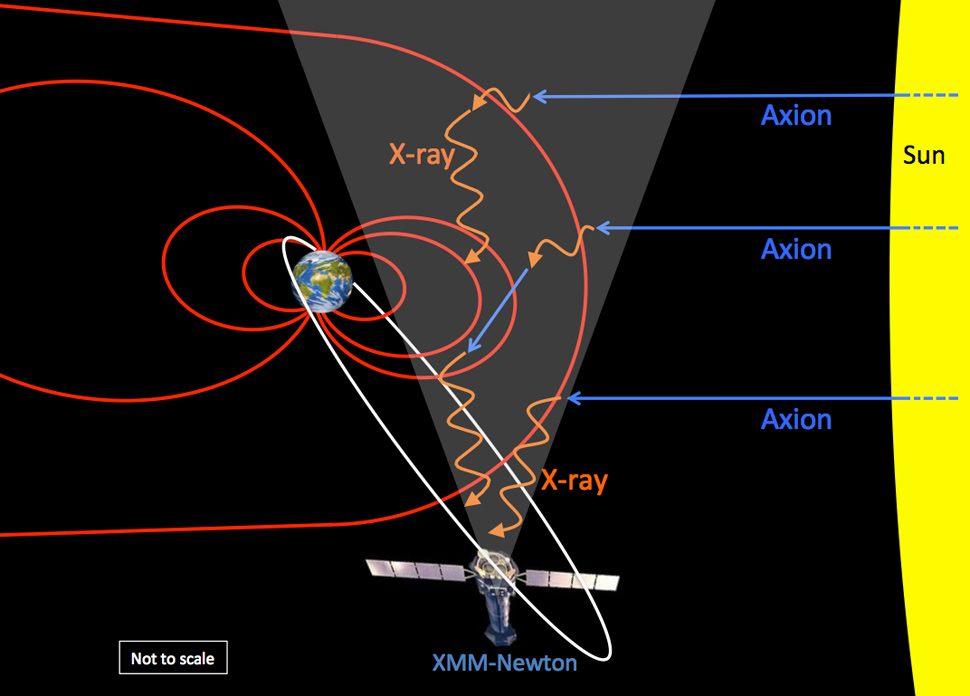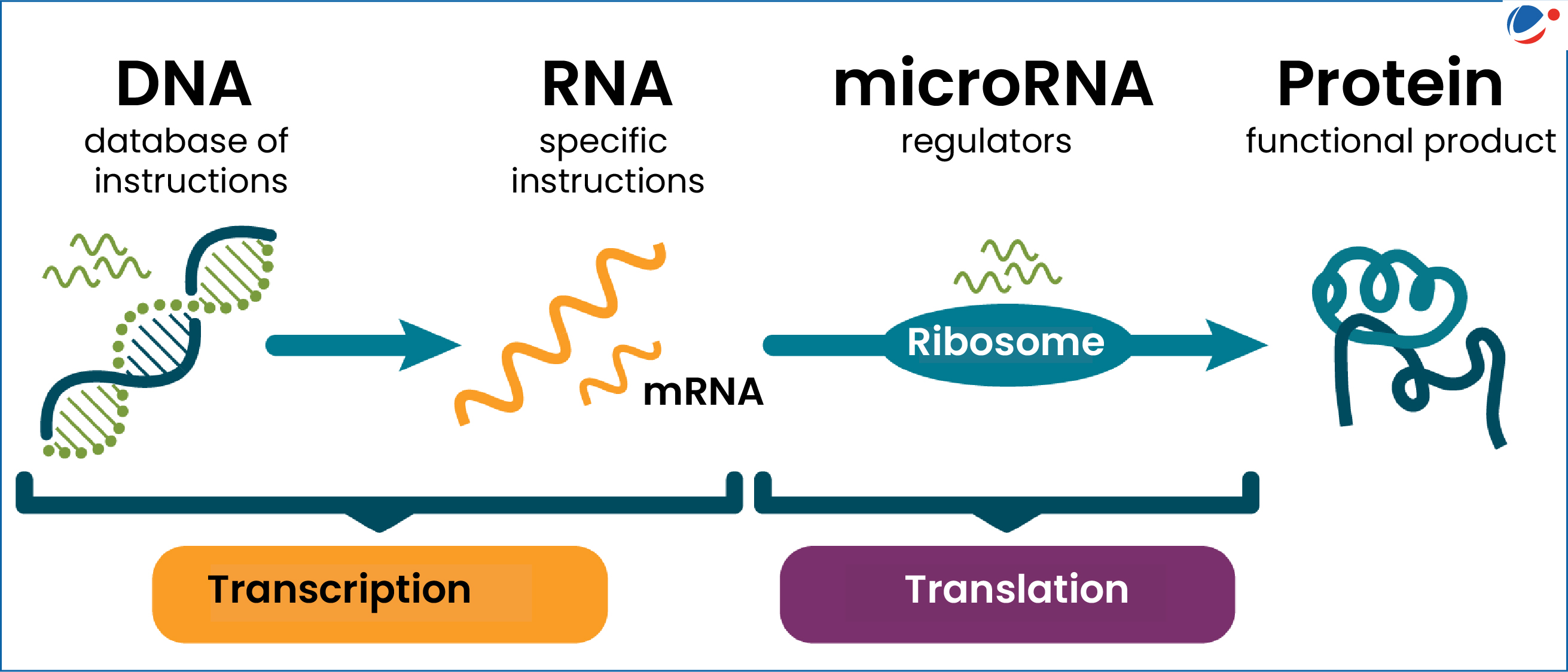Superconducting Graphene: Revolutionizing Energy Transmission
Superconducting graphene is emerging as a groundbreaking material that could revolutionize our understanding of superconductivity and its applications. Recent research has revealed that twisted stacks of graphene exhibit unique superconducting behaviors that challenge established concepts in physics. This discovery holds tremendous promise for enhancing lossless power transmission and could pave the way for advancements in quantum computing and energy-efficient detectors, particularly for space exploration. As scientists continue to explore the intricate relationships between graphene’s layers, the potential for creating innovative technologies that rely on superconducting properties grows increasingly tangible. With superconductivity research rapidly advancing, superconducting graphene may just be the key to unlocking a future of efficient energy solutions and next-generation electronic devices.
Graphene, a remarkable single layer of carbon atoms, has sparked significant interest in the scientific community due to its extraordinary properties. When arranged into twisted configurations, these layers can exhibit superconductivity, a phenomenon that allows for the flow of electricity without resistance. Researchers are actively investigating how these quantum materials can facilitate more efficient energy solutions and innovative applications in various fields, including quantum computation and space technology. The unique interactions among electrons in this form of graphene not only present exciting possibilities for new types of superconductors but also challenge our existing theories about electron behavior. Twisted graphene’s potential extends far beyond current applications, hinting at a future where lossless power transmission becomes a reality.
The Breakthrough in Superconducting Graphene
Recent advancements in superconducting graphene have unveiled the potential for transformative technologies that revolve around lossless power transmission. Researchers from harvard’s collaborative study have indicated that twisted graphene structures dramatically alter the superconducting properties compared to conventional superconductors like aluminum. This finding is pivotal as it pushes the boundaries of superconductivity research, leading the way for innovations in energy-efficient solutions and futuristic applications like levitating trains.
The twisting of graphene layers creates a unique environment where superconducting behavior emerges. This has ignited interest among scientists to further investigate how the electrons interact with one another within these structures. By understanding the dynamics of this ‘quantum dance’, researchers hope to unlock new pathways in material science, particularly in technologies that demand high efficiency and low energy loss. The implications for quantum computing and other advanced technologies are immense.
Twisted Graphene and Quantum Computing
The intricate properties of twisted graphene present a new frontier for quantum computing. By leveraging superconducting electrons, researchers believe twisted graphene can form the foundation for quantum bits or ‘qubits’. These qubits could operate at significantly lower temperatures, enhancing computational power while reducing energy requirements. Such developments are crucial as we advance toward more robust quantum systems that require minimal error margins.
Moreover, the unique characteristics of superconducting electrons in twisted graphene could lead to breakthroughs in creating stable qubits that can consistently maintain their state. This adds an exciting dimension to superconductivity research, where efficiency and reliability are paramount. The quest for better qubit systems is essential in bridging the gap between theoretical quantum computing models and practical applications that could lead to more efficient quantum processors.
Implications for Energy-efficient Detectors
As the demand for sophisticated technology in various sectors grows, twisted graphene has emerged as a key player in the development of energy-efficient detectors. In environments like outer space, where light is scarce, the need for highly sensitive and low-power consuming detectors becomes critical. Twisted graphene’s superconducting properties allow for the development of detectors that can achieve this without compromising performance.
These high-resolution detectors can efficiently capture and analyze data with minimal energy consumption, a significant advantage for space exploration missions. By utilizing superconducting graphene, missions to remote areas could be equipped with instruments that drastically improve their data acquisition capabilities while ensuring lightweight components crucial for spacecraft design.
Understanding Superconductivity through Quantum Mechanics
Investigating the superconductivity within twisted graphene reveals essential insights into quantum mechanics. The peculiar pairing of electrons in this material illustrates a scenario where traditional rules of charge repulsion do not apply. Instead, a distinct ‘glue’ binds the electrons, allowing them to flow in a coherent state, which can lead to groundbreaking discoveries in physics.
This understanding transforms our perspective on electron behavior and could yield applications beyond superconductors. By piecing together how quantum mechanics interacts with material properties, researchers may establish connections between twisted graphene and various phenomena in other complex systems, paving the way for enhanced materials in technology and industrial applications.
The Future of Lossless Power Transmission
Lossless power transmission remains one of the ultimate goals in electrical engineering, and superconducting graphene offers a glimpse into that future. By harnessing the unique properties of twisted graphene, researchers aim to develop electricity systems that eliminate resistive losses, drastically improving efficiency in power grids and various electronic devices.
The implications of such advancements extend far beyond energy savings; they potentially facilitate more sustainable energy solutions. With superconducting graphene capable of transforming electricity transport, innovations in grid technology could lead to a more resilient infrastructure, capable of meeting the growing demands of our energy-hungry world.
Challenges Ahead for Superconducting Graphene
Despite its promising applications, superconducting graphene still faces significant challenges in terms of production and scalability. Current methods of creating high-quality twisted graphene are complex and not yet suited for mass production. As a result, research is ongoing to find scalable fabrication techniques that could bring this technology from the lab to real-world applications.
Moreover, understanding the underlying mechanisms that govern superconductivity in twisted graphene remains a daunting task. Researchers must delve deeper into the quantum mechanical interactions and electron dynamics to unlock its full potential. Overcoming these obstacles will be crucial for transitioning from experimental findings to functional technologies that can revolutionize various industries.
Innovations in High-Temperature Superconductors
The discovery of superconductivity in twisted bilayer graphene is particularly significant as it opens the door to innovations in high-temperature superconductors. Unlike traditional superconductors requiring extreme cooling, twisted graphene may allow for superconducting states at higher temperatures, making practical applications more feasible.
With ongoing advancements, the potential to create energy-efficient devices that operate efficiently at room temperature could become a reality. This would transform the landscape of electronics and energy transmission, eliminating the need for costly cooling systems and making superconductivity accessible for everyday applications.
Potential Applications in Transportation
Twisted graphene’s applications extend into the realm of transportation, particularly with the prospect of levitating trains. These superconducting systems could fundamentally change the way people and goods are transported, reducing friction and increasing speed substantially. The use of superconducting graphene in such transit systems would pave the way for more efficient, reliable, and faster transportation technologies.
In addition, the lightweight nature of graphene materials offers a distinct advantage for advanced transport solutions. This property, when combined with superconductivity, allows for the creation of vehicles that are not only faster but also more energy-efficient, significantly lowering their environmental impact.
Exploring Quantum Dance of Electrons
The concept of the ‘quantum dance’ of electrons presents an intriguing metaphor for understanding the behavior of electrons in superconductors like twisted graphene. Within these materials, the interactions between electrons can lead to unexpected properties that defy traditional scientific reasoning, fostering a rich area of research.
Understanding these intricate interactions not only sheds light on twisted graphene but may also unlock mysteries in other superconducting materials. The ongoing study of electron pairing and movement opens pathways for novel discoveries that could reshape our understanding of material science and lead to revolutionary technologies.
Environmental Benefits of Superconducting Graphene
Utilizing superconducting graphene technologies could yield significant environmental benefits, particularly in terms of energy conservation. By enabling lossless power transmission and highly efficient detectors, the deployment of this material could result in lower energy footprints for various applications, from urban power grids to space exploration.
The transition towards energy-efficient technologies utilizing superconducting graphene may also act as a catalyst for broader initiatives focused on sustainability. By minimizing energy waste and maximizing efficacy, we can contribute toward combating climate change and promoting a greener future.
Frequently Asked Questions
What is superconducting graphene and why is it significant in superconductivity research?
Superconducting graphene refers to twisted stacks of graphene exhibiting superconducting properties. This discovery is significant in superconductivity research as it may lead to advancements in lossless power transmission, quantum computing, and energy-efficient detectors. The unique superconducting behavior of electrons in twisted graphene could revolutionize our understanding of superconductors compared to conventional materials.
How does twisted graphene contribute to advancements in quantum computing?
Twisted graphene enhances quantum computing by enabling superconductivity that allows electrons to pair and flow without resistance. This phenomenon creates a superfluid state vital for qubit operations, thereby improving quantum coherence and performance, making quantum computing more reliable and efficient.
What role does superconducting graphene play in energy-efficient detectors?
Superconducting graphene is poised to improve energy-efficient detectors, especially for space exploration. Its unique properties allow for the development of ultra-sensitive detectors that require minimal power while offering high resolution, essential in the near vacuum of space where light is scarce.
How does superconducting graphene enable lossless power transmission?
Superconducting graphene can facilitate lossless power transmission by allowing electricity to flow without resistance. This property could lead to more efficient power grids and energy systems, reducing energy waste and improving overall energy efficiency in various applications.
What makes the superconductivity in twisted graphene different from traditional superconductors?
The superconductivity in twisted graphene differs from traditional superconductors, such as aluminum, in that the electron behavior is influenced by their arrangement and interactions in the twisted layers. This unique ‘quantum dance’ of paired electrons creates a distinct electronic character that challenges existing theories of superconductivity.
Can twisted graphene be used to create levitating trains through superconductivity?
Yes, the superconducting properties of twisted graphene can potentially be used in levitating trains. By enabling lossless power transmission, it could improve magnetic levitation systems that use superconductors, leading to more efficient and faster transport technologies.
What are the future prospects of superconducting graphene in technology?
The future prospects of superconducting graphene in technology are promising, as it could lead to advancements in quantum computing, energy-efficient detectors for aerospace applications, and innovative solutions for lossless power transmission, positioning it as a key material in next-generation electrical technologies.
| Key Concepts | Details |
|---|---|
| Superconducting Graphene | Research on twisted graphene showing superconductivity and unique electron behaviors. |
| Applications | Potential for lossless power transmission, levitating trains, and quantum computing. |
| Key Research Findings | Twisted graphene exhibits superconducting behaviors differing from conventional materials; electron pairing is due to a unique ‘glue’ force. |
| Techniques Used | Microwave technology used to measure resonant vibrations of superconducting electrons. |
| Future Implications | Potential to improve energy-efficient detectors for space exploration. |
Summary
Superconducting graphene represents a groundbreaking advancement in materials science, highlighting the extraordinary behaviors of electrons in twisted stacks of graphene. This research suggests a multitude of applications, from energy-efficient power transmission to innovative quantum computing technologies. The unique properties of superconducting graphene could pave the way for the next generation of high-performance materials, ultimately transforming technology in diverse fields, including space exploration.
